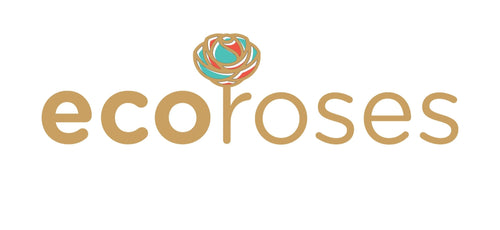From sacred temples to medieval taverns, flowers have long played a starring role in human beverages. Long before coffeehouses and cocktail bars, people infused their drinks with blossoms-creating meads, herbal teas, and tonics that carried both flavor and healing symbolism. These drinks were not only nourishing but often spiritual, connecting communities to nature and the divine.
Today, we see a revival of floral beverages in craft breweries, artisanal tea houses, and wellness culture. But their origins stretch thousands of years into history. Let’s journey into the world of flowers in ancient beverages and see how our ancestors sipped on blooms. And if you’d like to bring floral elegance into your own home, explore seasonal flower arrangements that celebrate this timeless connection between blossoms and daily life.
🌼 Mead: Nectar of the Gods
Origins of Floral Mead
Mead-fermented honey wine-is one of the world’s oldest alcoholic drinks. Archaeological evidence shows mead was brewed over 9,000 years ago. Flowers entered the recipe early, as honey came from bees feeding on blossoms.
-
Wildflowers in honey: Clover, heather, and acacia influenced the taste of honey, which directly shaped mead’s flavor.
-
Floral infusions: Cultures added petals like rose, elderflower, and hibiscus to enhance aroma and symbolism.
Symbolism in Mead
-
Norse mythology: Mead was seen as divine inspiration, a gift of wisdom.
-
Greek tradition: Called “nectar of the gods,” mead often contained herbs and flowers linked to immortality.
-
Medieval Europe: Floral meads were used in celebrations, symbolizing fertility and joy.
🌸 Flowers in Ancient Teas
Tea culture is ancient, stretching back to China over 4,000 years ago. While the Camellia sinensis plant is the source of true tea, flowers quickly found their way into brews across cultures.
Chinese Flower Teas
-
Chrysanthemum Tea: Drank for cooling properties and longevity.
-
Lotus Flower Tea: Associated with purity and enlightenment.
-
Jasmine Tea: Symbol of elegance and meditation.
Indian Floral Infusions
-
Rose Petals: Added to Ayurvedic tonics for calming energy.
-
Hibiscus: Used to regulate blood pressure and balance the body.
Middle Eastern Floral Brews
-
Orange Blossom Tea: Symbol of hospitality and joy.
-
Saffron and Rose Teas: Luxury infusions tied to wealth and love.
🌼 Tonics: Healing with Flowers
In ancient medicine, flowers weren’t just flavor enhancers-they were active ingredients in tonics.
-
Elderflower: Used in European folk remedies for colds and flu.
-
Lavender: Known for relaxation and digestion.
-
Calendula: Brewed in tonics for wound healing and skin health.
-
Chamomile: A global favorite, calming both mind and stomach.
Many of these tonics carried ritual significance, prepared by healers or shamans who viewed flowers as vessels of divine energy.
🌸 Flowers as Sacred Drink Ingredients
-
Egyptians: Lotus flowers steeped in wine symbolized rebirth.
-
Aztecs: Used marigolds and cacao flowers in ceremonial beverages.
-
Romans: Infused wines with violets and roses for festivals.
These drinks blurred the line between nourishment, medicine, and spirituality.
🌼 Modern Echoes of Ancient Beverages
Today, ancient floral beverages inspire:
-
Craft meaderies: Reviving flower-infused honey wines.
-
Tea houses: Offering hibiscus, chamomile, and rose teas globally.
-
Cocktail culture: Mixologists experiment with lavender syrups and hibiscus bitters.
-
Wellness drinks: Floral tonics marketed for relaxation and immunity.
This return to floral beverages highlights humanity’s ongoing love affair with blossoms.
🌸 Final Thoughts
From the sacred lotus teas of ancient temples to the honeyed meads of Norse feasts, flowers have infused human beverages with beauty, flavor, and meaning. They connected people to nature, offered healing, and elevated celebrations.
As we sip modern floral lattes, rose cocktails, or herbal teas, we continue this tradition. Flowers remind us that what we drink can be more than hydration-it can be ritual, medicine, and art.
Bring that timeless floral essence into your own life with vibrant seasonal flower arrangements that echo the beauty our ancestors celebrated in their cups.


